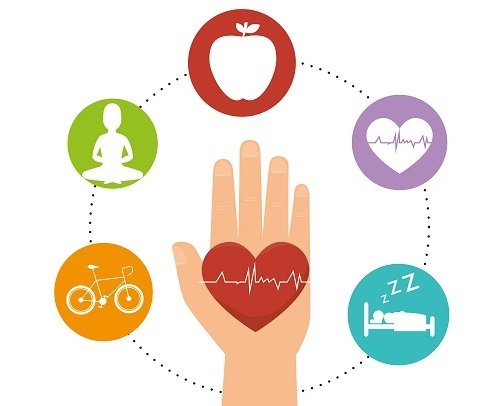Protecting Your Heart: A Comprehensive Guide to Cardiovascular Disease
Cardiovascular disease (CVD) remains a leading global health concern, impacting millions and claiming countless lives. Understanding its complexities, encompassing both preventative measures and treatment strategies, is paramount to safeguarding your heart health. This comprehensive guide offers actionable insights into mitigating your risk and managing existing conditions.
Understanding Cardiovascular Diseases
CVD encompasses a broad spectrum of conditions affecting the heart and blood vessels. Common examples include coronary artery disease (CAD), characterized by narrowed arteries reducing blood flow to the heart; heart failure, where the heart struggles to pump enough blood; and stroke, resulting from disrupted blood supply to the brain. These conditions share interconnected risk factors, highlighting the importance of a holistic approach to prevention and management.
Prevention: Your First Line of Defense
While genetic predisposition plays a role, lifestyle choices significantly impact CVD risk. Proactive steps toward a healthier lifestyle offer substantial protection. Regular exercise strengthens the heart muscle, improves circulation, and helps maintain a healthy weight. Aim for at least 150 minutes of moderate-intensity aerobic activity weekly β activities like brisk walking, swimming, or cycling are excellent choices.
The Power of Nutrition
A balanced diet forms the cornerstone of cardiovascular health. Prioritize whole, unprocessed foods: fruits, vegetables, whole grains, and lean protein sources. Incorporate healthy fats like those found in avocados, nuts, and olive oil. Minimize processed foods, sugary drinks, and saturated and trans fats, known contributors to high cholesterol. A nutritious diet not only supports heart health but also contributes to overall well-being.
Breaking the Smoking Habit
Smoking is a major risk factor for CVD, significantly increasing the likelihood of heart attack, stroke, and other complications. Quitting smoking, regardless of your age or smoking history, offers immediate and long-term benefits. Seek support through cessation programs, nicotine replacement therapies, or counseling β your healthcare provider can guide you toward the most effective approach.
Stress Management: A Crucial Component
Chronic stress elevates blood pressure and contributes to inflammation, increasing CVD risk. Implement stress-reducing techniques into your daily routine. Explore mindfulness practices, engage in enjoyable hobbies, connect with supportive friends and family, or consider professional counseling.
Regular Health Check-ups: Early Detection Matters
Regular check-ups are essential for early detection and timely intervention. Monitor your blood pressure, cholesterol levels, and blood sugar regularly. Early detection allows for prompt management of risk factors, preventing disease progression and potential complications.
Medical Interventions: When Necessary
Depending on your condition, your healthcare provider may recommend medications to manage blood pressure, cholesterol, or other CVD risk factors. Adherence to prescribed medications is crucial. Invasive procedures, such as coronary angioplasty or bypass surgery, might be necessary in more advanced cases to restore blood flow to the heart.
Lifestyle Modifications: A Personalized Approach
Often, lifestyle changes such as weight loss and stress management are effective in preventing and managing CVD. Collaborate with your healthcare team to develop a personalized plan tailored to your specific needs and circumstances. This collaborative approach ensures the most effective and sustainable results.
Staying Informed and Proactive
Stay informed about the latest research and advancements in cardiovascular health. Knowledge empowers you to make informed decisions about your health and actively participate in your care. Understanding the signs and symptoms of CVD, including chest pain, shortness of breath, dizziness, and fatigue, is vital. Seek immediate medical attention if you experience any concerning symptoms.
The Importance of Support
Having a strong support network is invaluable, providing emotional and practical assistance throughout your journey. Lean on loved ones, friends, or support groups for encouragement and understanding.
Conclusion: Taking Control of Your Heart Health
Prioritizing cardiovascular health is an investment in your overall well-being. By embracing a heart-healthy lifestyle, seeking regular medical care, and staying informed, you can significantly reduce your risk of developing CVD. Remember, prevention is always better than cure. Take control of your heart health today, and enjoy a longer, healthier life.
This information is for general knowledge and does not constitute medical advice. Always consult with a healthcare professional for diagnosis and treatment of any medical condition.




No comments yet. Be the first to share your thoughts!